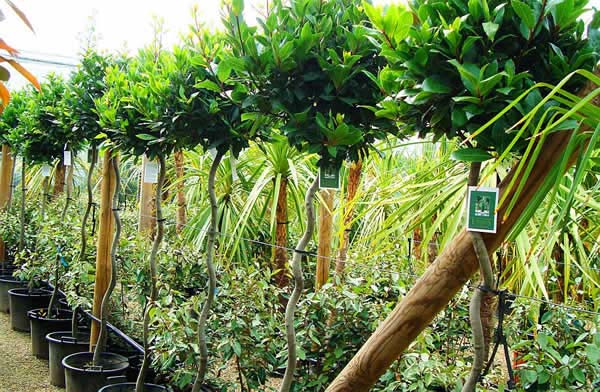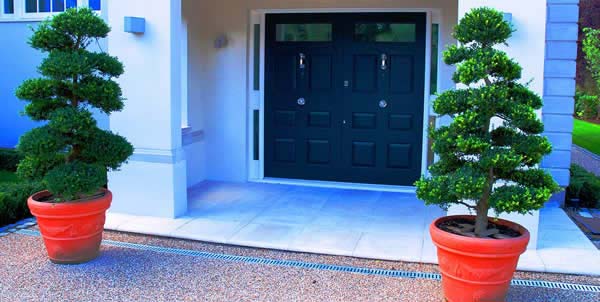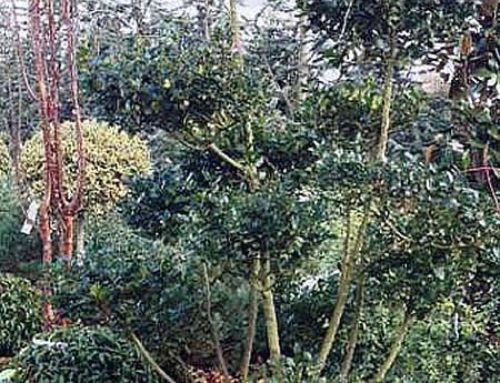Topiary Plants by Karen Mariconda
Topiary has been popular throughout history and topiary trees and plants are as popular now as they have ever been. Ornamental gardening dates back to Roman times and the word topiary derives from the Latin word “Topiarius” meaning the creator of ornamental gardens.
Topiary is the art of clipping/pruning trees, shrubs and foliage to create definite shapes. Many different varieties of plants are used to create these shapes to provide a living sculpture/s in the garden.
At our London Plant Nursery we are often asked many questions about topiary and some of these questions we have tried to answer below:
What types of plants are generally pruned as topiary?
The most popular plants shaped as topiary are, laurus nobilis (the sweet bayleaf), taxus bacatta (yew), ilex crenata (Japanese holly), ilex aquifolium (holly), photinia red robin, prunus lusitanica (portugese laurel), ligustrum (Italian privet) and many varieties/colours of conifers including cupressus goldcrest and cupressus sempervirens.
What are the shapes most often created?
Some of the many shapes created for topiary trees include lollipops (clear stem trees with ball top), pyramids & cones, japanese cloud trees (older trees trained with mounds at the ends of each branch formed to look like clouds floating in the air) and spirals. However almost any shape can be created with a plant that shapes easily like a yew, privet or buxus – it can be left to your imagination. For topiary shapes with a twist, take a look at our Twisted Stem Topiary Bay Trees.
What is the difference between Half Standard and Full Standard Topiary?
Half or Full Standard is the name given to trees shaped with clear stems with a rounded or pruned head. Half Standard trees generally have around 60-90cm clear stems with a head of around 50cm diameter. Full Standard trees generally have around 2m clear stems with a head of around 1.5-2m height (these much taller trees provide a screen above the fence line). Other trees which fall into this category ie with clear stems include Quarter Standards (around 40-50cm height stems) and Three Quarter Standards (around 1.2-1.5m height clear stems).
How often should topiary be clipped and is it difficult to maintain?
Most topiary is easy to maintain. As it is usually kept in a pot regular watering and feeding is essential, especially over the summer months, see our top tips for maintaining plants. Buxus and Yews are very slow growing but will need a trim once a year when the new growth appears in late Spring/early Summer. Ligustrum, Photinia and Conifer topiary will grow a little faster and may need a couple of trims each year to keep an exact shape. Ilex Crenata Cloud Trees generally need pruning only once a year after they have a growth spurt about June/July. Provided pruning is maintained once or twice a year (and watering/feeding as above) there really is very little other work needed. Prune using shears or secateurs.
Topiary plants give a formality and architectural structure to the garden, for further reading visit EBTS.

Topiary Bay Trees add a lovely contrast to the tall slim exotic palms in a North Italian garden








